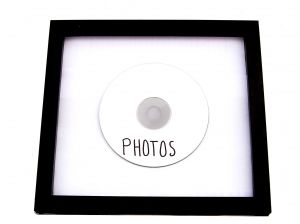 The following items in your home are costing you more energy and money than you realize. No, we aren’t talking about traditional energy hogs, such as refrigerators, home lighting, hot water, heating and cooling. These areas of the home are getting more efficient, thanks to new energy-saving appliances and more awareness of going green.
The following items in your home are costing you more energy and money than you realize. No, we aren’t talking about traditional energy hogs, such as refrigerators, home lighting, hot water, heating and cooling. These areas of the home are getting more efficient, thanks to new energy-saving appliances and more awareness of going green.
The hidden energy hogs that I am talking about seem innocuous, and almost every household has one or two of them. They are a new category of energy users, what the Energy Power Research Institute (EPRI) calls the “plug-in loads.” After reading this article, you may just be a little more aware of the causes for your higher electricity bill.
Digital Photo Frames
Digital photo frames were a very popular gift this past holiday season. They are also popular energy guzzlers. This is because the photo frame is always on. One clue that they requires a lot of energy is the fact that most of these digital photo frames require a power outlet. Batteries just couldn’t keep up in a digital frame. EPRI says that if everyone owned one of these digital photo frames in America, that it would take five medium-sized power plants just to keep them all going.
Digital Cable Boxes
You know that digital cable box that sits on top of your television and converts your incoming signal so you can receive cable? Yup, it is another energy hog. Sure, you may even be diligent about turning the box off when not in use, but because it is always on, it draws the same amount of power even when it is off. The only way around this is to cut the power to the box. We have our digital cable box plugged into an outlet that is operated by a wall switch, and we keep the switch off when we aren’t actively watching television. You could also plug the box into a power strip to make it easy to cut the power.
Mary Ann Romans writes about everything related to saving money in the Frugal Blog, technology in the Computing Blog, and creating a home in the Home Blog. You can read more of her articles by clicking here.
Related Articles:
Seven Ways to Save Energy in Your Home
Save Water with A Faucet Aerator

